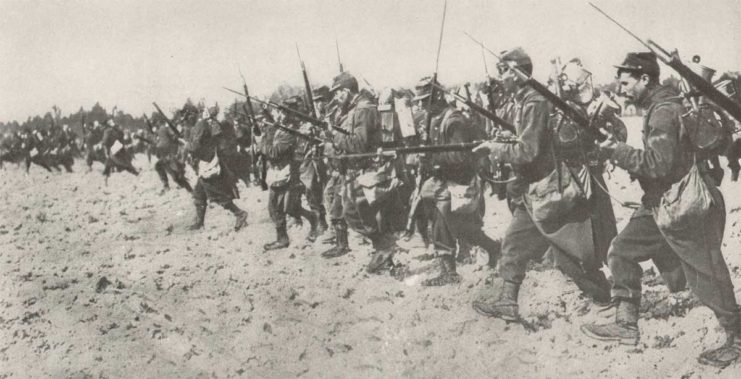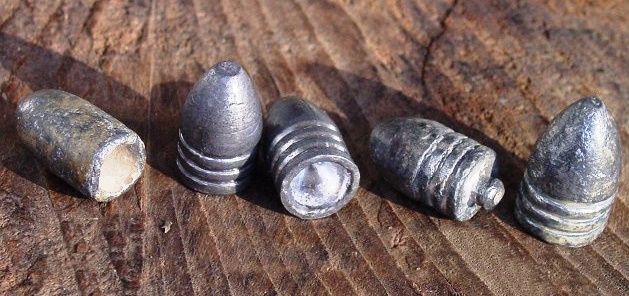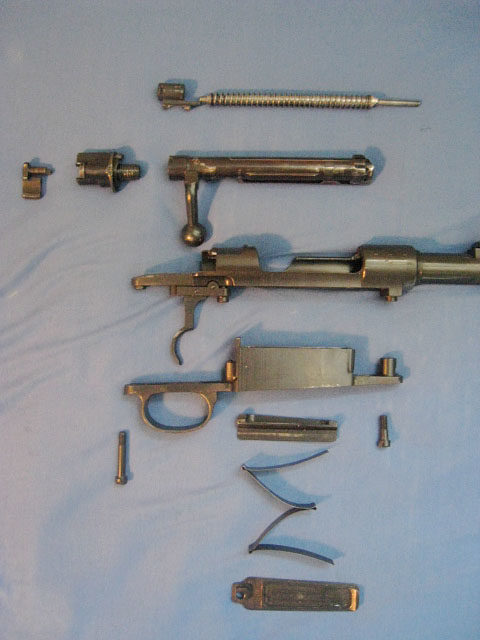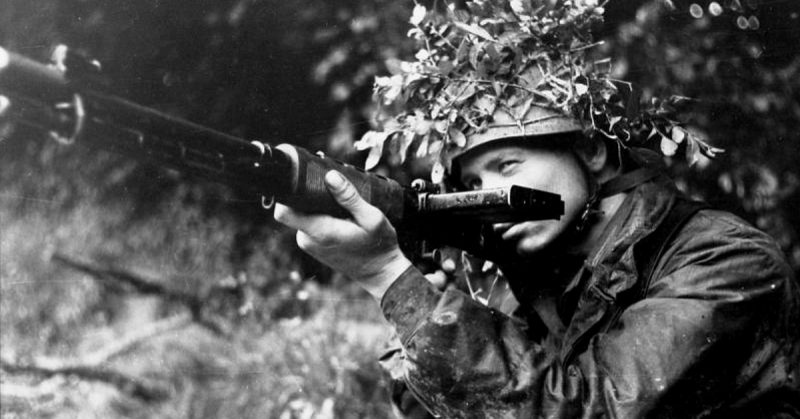Since they first appeared in the 14th century, handheld guns have been through many changes. These are some of the key technological developments that brought us to modern guns.
Flintlock
The earliest guns used matchlock firing mechanisms. The gun’s user had to keep a slow-burning match string constantly on the go, ready to ignite the powder in the pan.
It caused a variety of problems. Wind and rain could put out the match, preventing the gun from being fired. If a musketeer held his match too close to his chest, he might ignite his ammunition pouches and blow himself up.
The flintlock solved the problem. A spark created by flint scraping against metal ignited the powder, avoiding the need for a match.
Rifling
Rifling, the spiraled grooves on the inside of a gun’s barrel significantly increases both its range and accuracy. Strangely, it was not widely used for centuries after it was invented in the late 15th and early 16th centuries. Until the nineteenth century, it was only used on a small number of guns. It added to the complication of firing and made loading slower.
In the 19th century, with improved technology rifling became standard and guns more accurate. Battles became about individual marksmanship, not just massed firepower.
Bayonet
With the widespread use of guns in the 16th and 17th centuries, their users needed to be protected. Blocks of pikemen were employed to fend off cavalry attacks that made gunners vulnerable at close range.
The creation of the bayonet enabled soldiers to defend themselves in close combat, even though their guns were slow to fire. Armies in which half the troops had no guns were replaced with armies in which everyone carried guns.

Breech Loading
Early handguns were muzzle loaded. It slowed down their rate of fire, as soldiers had to turn them around and stand up to reload them. It occasionally led to accidental deaths, as men shot themselves in the face due to the delay in the firing mechanism of their own weapons. Breech loading, in which ammunition was inserted at the rear of the barrel, made loading quicker and easier.
Like rifling, breech loading existed for centuries before it became sophisticated enough for widespread use. In the 19th century, gun manufacturers across Europe and America worked on the technology, and by WWI it had become standard.
Percussion Firing
Like many of the most significant developments in weapons, percussion firing was developed in the 19th century.
Percussion firing uses a chemical reaction to turn the impact of a hammer into the explosion that fires a gun. It removes the need for a spark to touch loose powder, making loading and firing simpler.
Cone-Nosed Bullets
Until the first half of the 19th century, bullets were round. Then gun makers realized that conical bullets were ballistically superior. Unfortunately, early conical bullets tended to foul the rifling of barrels. When a French captain, Charles Minié, found a solution, better bullets were utilized.

Cartridges
Until the invention of cartridges, loading a bullet was a complicated process. Powder, shot, and wadding all had to be added separately and then rammed home. Cartridges made loading much more straightforward. All three combined could be inserted into the weapon as one item.
Revolver
The revolving barrel was one of the first mechanisms that allowed a gun to carry more than one shot at a time. Although Samuel Colt did not invent the revolving chamber device, he was the first to combine it with other technologies and make a practical revolver. People carrying his weapon did not have to reload before every shot, giving them a significant edge.
Metal Cartridges
Metal cartridges, made possible by percussion caps, were a further step forward in ammunition. They allowed cartridges to be easily loaded and ejected after use. By creating a closer seal with the gun’s mechanism, they made more efficient use of the weapon’s power. It enabled smaller ammunition to be used to greater effect.
Bolt Action
Introduced in the late 19th century, the bolt action allowed the user to eject a spent cartridge, reload the gun, and have it ready to fire – all in a single movement. It radically sped up the process of loading and firing.

Automatic Loading
The logical next step from bolt action was automatic loading. Gas from firing a gun was siphoned off to power an automatic weapons mechanism. As a weapon was fired, the gas-powered mechanism ejected the shell, reloaded, and prepared the gun to fire again. It allowed portable automatic and semi-automatic weapons development, again increasing the rate of fire.
Smokeless Propellant
Until the late 19th century, battlefields were shrouded in a constant haze of smoke from gunpowder. It obscured lines of sight and gave away the positions of sharpshooters. The chemicals creating the smoke also tarnished and clogged barrels.
Various forms of smokeless propellants were tried in the late 19th century and quickly replaced older versions. The air of battlefields became clearer and the barrels of guns cleaner. As a beneficial side effect, the newer propellants were often more powerful.
Ammunition Magazine
The detachable ammunition magazine was one of the last steps in the process of speeding up reloading. When a gun’s ammo supply ran out, the shooter did not have to reload individual bullets in the heat of combat. Instead, the empty ammunition compartment could be removed and replaced with a full one.
Selector Switch
Late in WWII, Germany introduced the predecessor of modern assault rifles. The StG44 was one of the first weapons with a selector switch, allowing users to fire single shots for long range accuracy or automatic bursts for close range killing power. It was an innovation which caught on in the post-war period, making the handgun a more flexible weapon than ever before.
Source:
Christopher Chant (1986), The New Encyclopedia of Handguns
English Civil War tour, Royal Armouries Museum, Leeds, May 2017
